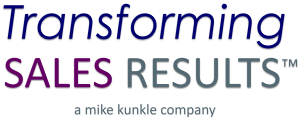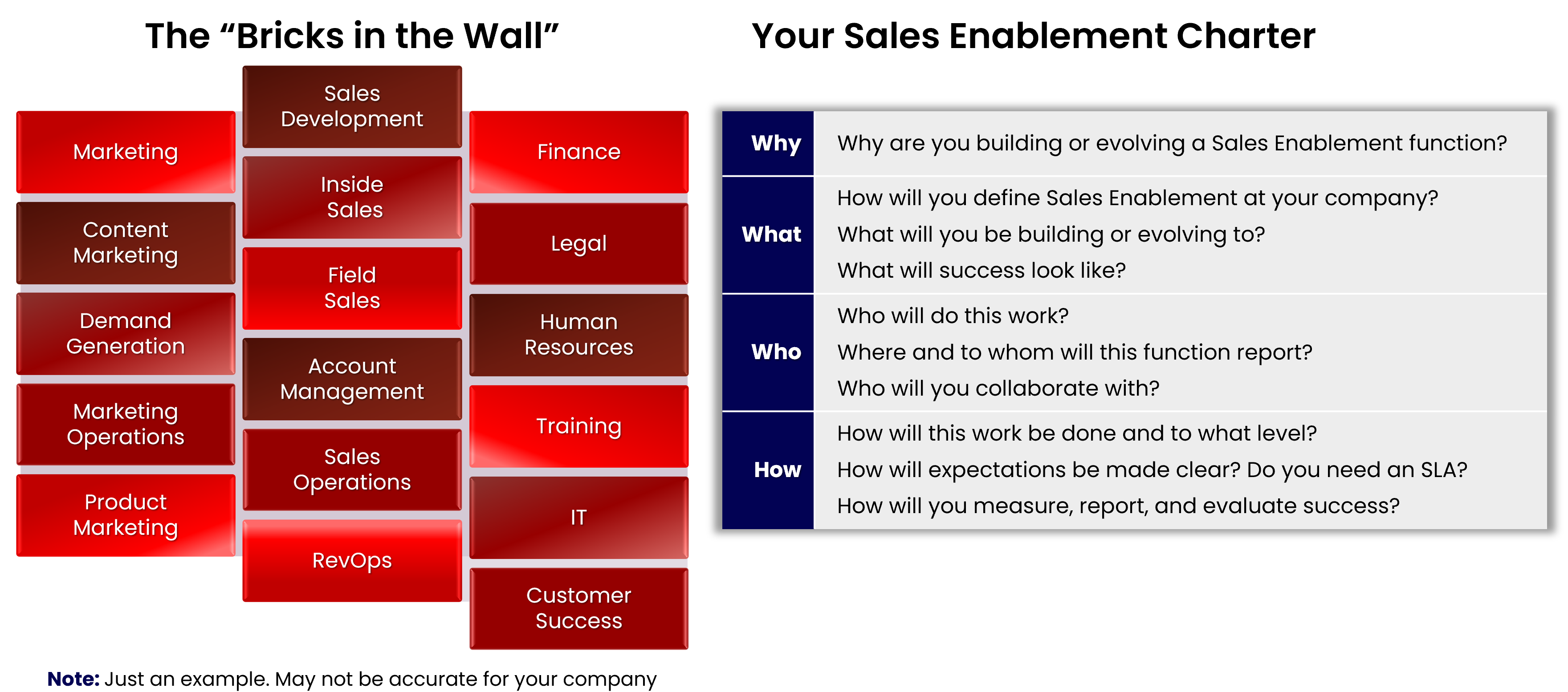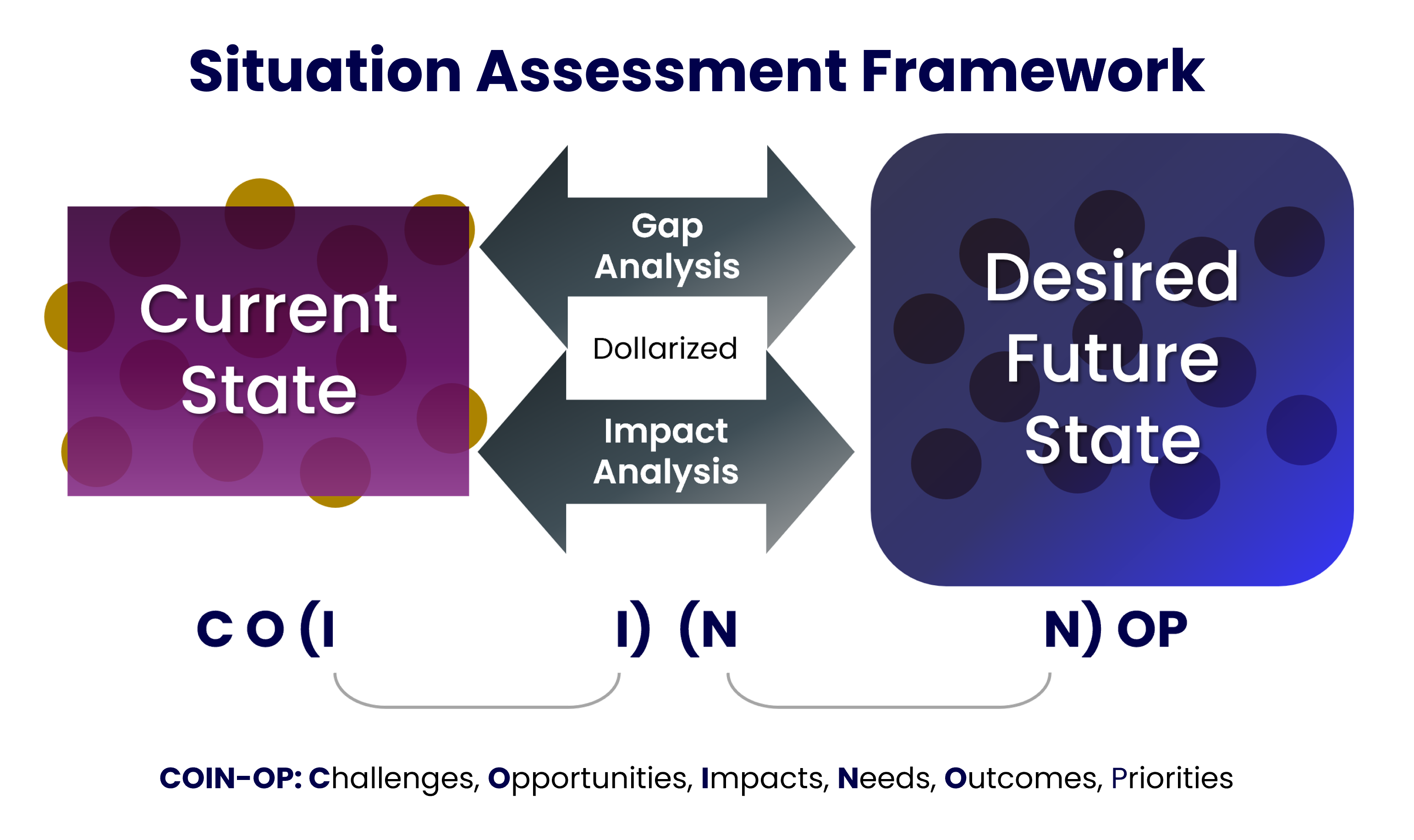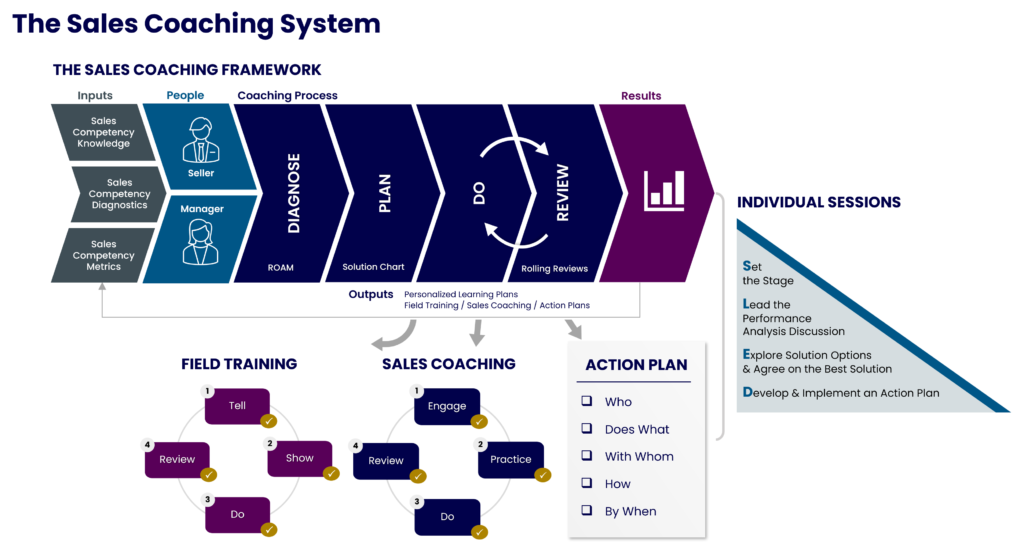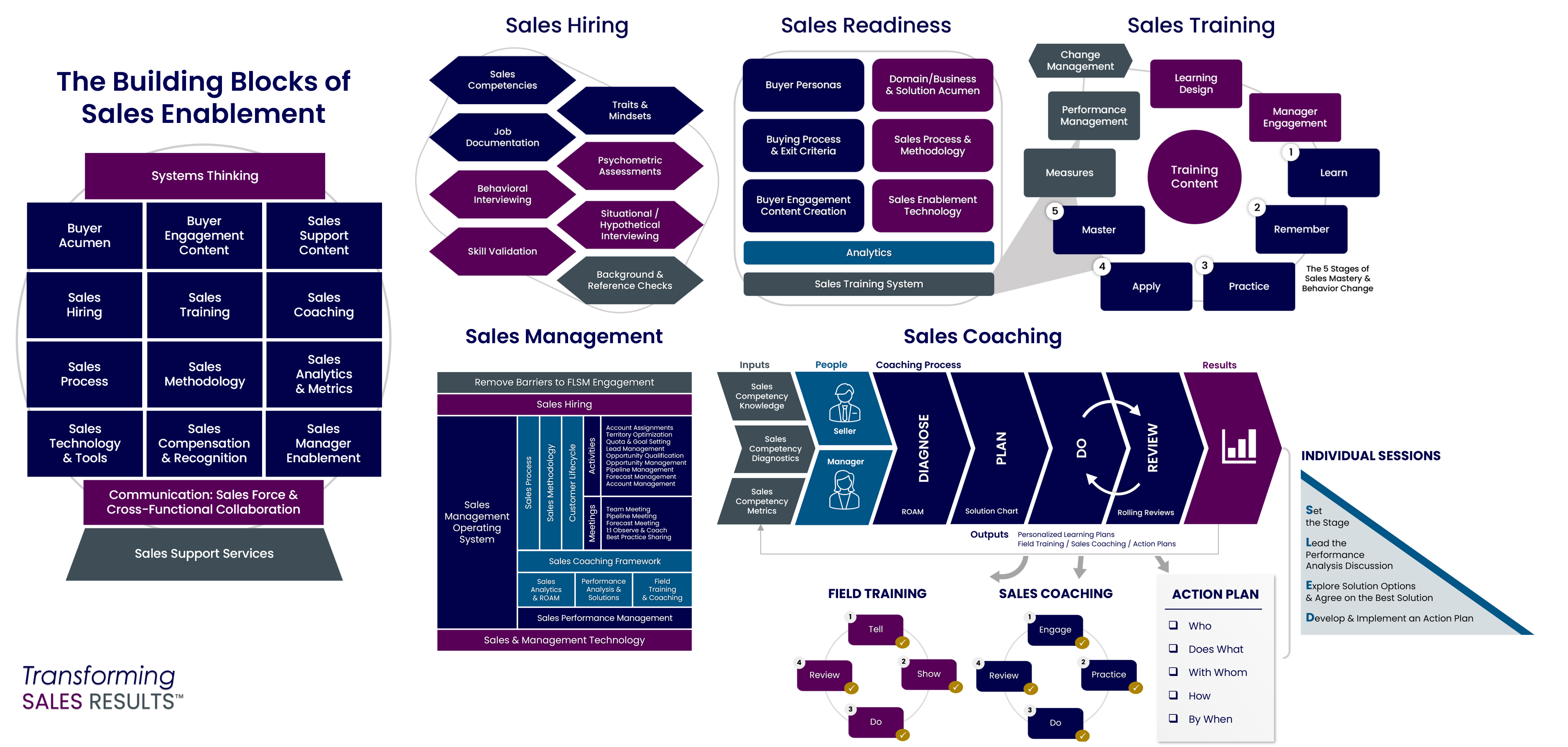Unleashing Growth: Overcoming 7 Common Barriers to Sales Transformation
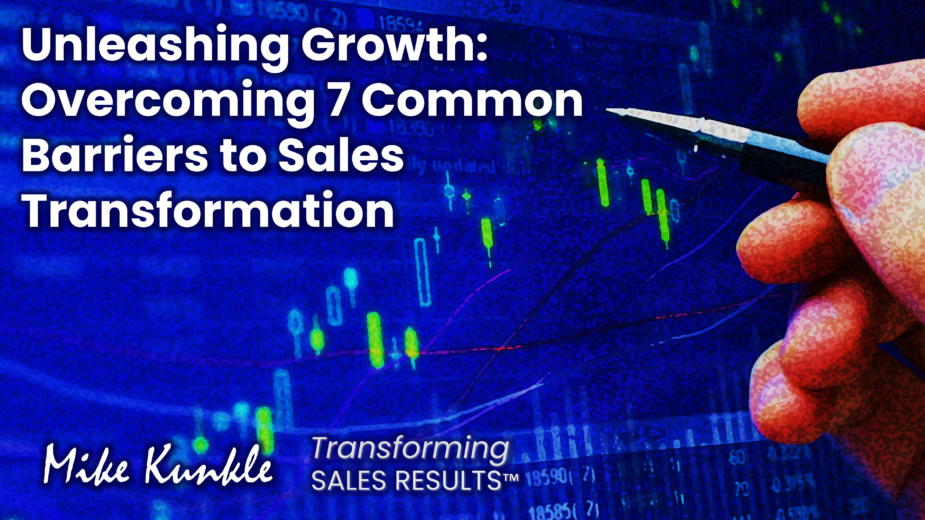
In the ever-evolving landscape of business, the role of Chief Revenue Officers (CROs) or senior-most sales leaders (by any title), has never been more critical. These architects of growth are tasked with navigating complex market dynamics, driving revenue streams, and fostering a culture of success. However, achieving the highest levels of growth remains a challenge for many. Let’s dive into the key barriers that often hinder sales leaders from reaching the full potential for their sales forces and explore strategies to break through these limitations.
7 Common Barriers to Sales Transformation
Barrier 1: Siloed Mindsets and Departments
One of the most persistent challenges in many organizations is the presence of siloed mindsets and departments. This is a definite growth killer. When sales, marketing, and customer success operate in isolated bubbles, opportunities for collaboration and synergy are lost. The result? Fragmented customer experiences, misaligned strategies, increased friction for customers, and unfulfilled revenue potential. It’s worse when other departmental subsets or supporting departments are misaligned, as well.
Solution: To overcome this barrier, sales leaders must champion a culture of cross-functional collaboration. It’s how we can break down the walls that hinder communication and cooperation between departments, to foster a shared vision, common goals, and open channels for knowledge exchange. When the entire revenue engine works in harmony, growth can be exponential. Going beyond these three functions, there is an opportunity to align across other departments as well, in support of the customer-facing staff that serves buyers and customers. I call these departments “The Bricks in the Wall” (with a nod to Pink Floyd), and you can see some examples in the image below. In addition, to align around how everyone will support buyers and customers and the revenue engine, this is the group with whom the enablement team should develop their Sales Enablement Charter. In a race, the boat where everyone is rowing in unison in the same direction will always beat the boat where rowing is haphazard and in different directions.
[Click the image to view a larger version]
Barrier 2: Short-Term Focus vs. Long-Term Strategy
In the fast-paced world of business, the allure of short-term gains can often blind leaders to the importance of long-term strategy. With an average CRO tenure of only 18-24 months, the pressure is on to deliver results. In early-stage companies, it’s compounded by the need to gain market traction. In larger public companies, the quarterly revenue forecasts and the stock market pressure skews perspective. It’s easy to prioritize quick wins over sustainable growth initiatives. This short-sightedness can lead to a rollercoaster ride of revenue fluctuations and missed opportunities for strategic expansion.
Solution: Sales leaders must cultivate a balanced approach. While immediate wins are crucial, they should also be aligned with a broader, forward-thinking strategy to play foundations for long-term sustained growth. Invest in initiatives that build long-term customer relationships, drive product innovation, and establish your organization as a trusted industry leader. Elevate the conversation beyond quarter-to-quarter targets to focus on the trajectory of growth over years. Invest in buyer persona and market research. Establish customer advisory boards and sales advisory boards. Conduct win-loss analysis. Do a situation assessment of your sales force, including your current state and desired future state, with gap and impact analyses. And use what you learn to develop and implement strategies and tactical plans to foster replicable, repeatable, scalable, and predictable results.
[Click the image to view a larger version]
Barrier 3: Data Overload and Analysis Paralysis
In today’s data-driven world, most leaders are inundated with information. Dashboards become mash-boards. This abundance of data can lead to analysis paralysis, where decision-makers are overwhelmed without the insights to drive action. Without a laser focus on the metrics that truly matter, sales leaders can find themselves rudderless.
Solution: Embrace a data strategy that prioritizes quality over quantity. Define key performance indicators (KPIs) that directly correlate with revenue growth and focus relentlessly on improving them. Implement robust analytics tools that provide actionable insights in real time. But remember, data is only as valuable as the actions it informs. Use data to drive informed decisions, optimize sales processes, and identify untapped market opportunities. The right KPIs are contextual to the business and the current strategic objectives, but from a growth perspective it can be helpful to track:
- Raw sales productivity: revenue per rep, possibly a rolling X-month report. What’s the trend, and what impact are your initiatives having?
- Sales velocity: multiply the number of sales opportunities in a timeframe by the average deal size and your win rate, and then divide that result by the length of your sales cycle. This is basically the “miles per hour” of your sales force, or how quickly they are producing sales. You can improve sales velocity by improving any of the measures in the formula.
- Revenue plan progress: the actual percentage of revenue plan attainment YTD compared to forecasted revenue plan YTD. (Consider segmenting by new business development and account base growth, and as sensible, by product line, if that matters in your business.
For more on metrics, download this ungated PDF of Improve Sales Performance Using the Metrics That Matter or register on SMMConnect to view the webinar.
Barrier 4: Resistance to Change (And Lack of Change Management)
It’s human nature to resist change, and this resistance can be a formidable barrier to growth. So can the absence of purposeful change leadership and management. Whether it’s a reluctance to adopt new technologies, adapt to market shifts, or overhaul outdated processes, a fear of change or the poor management of it, can keep organizations stuck in a comfort zone that stifles innovation and growth plans.
Solution: Senior sales leaders must be change agents. Encourage a culture that embraces innovation and continuous improvement. Communicate the “why” behind changes, showing the team how these transformations will directly contribute to growth and success. Lead by example, demonstrating a willingness to adapt and learn. By championing change and fostering a growth mindset, you’ll propel your team and organization forward. Study and invest in training for change leadership and management, and ensure key leaders on your team become experts. Change leadership is a key tenet for growth and organizational success.
For more on change management, see this edition of my LinkedIn newsletter, title, Spotlight on Change Management.
Barrier 5: Neglecting Talent Development
The foundation of growth lies in the capabilities of your team. Everyone seems to be talking about the importance of our people, but very few seem to have a true talent development plan. Neglecting talent development can sabotage even the most promising growth strategies. When sales leaders fail to invest in training, coaching, and mentorship, their teams can stagnate, and growth becomes an uphill battle.
Solution: Prioritize talent development as a cornerstone of your growth strategy. Foster a coaching culture and get into a cadence of continuous development. Provide ongoing training that equips your team with the skills needed to excel in a rapidly changing marketplace. Cultivate a coaching culture where leaders mentor and guide their teams to achieve peak performance. Remember, when you invest in your team’s growth, you’re investing in the growth of your organization.
One of the most effective ways to do this, is to:
- Document the mindsets and sales competencies that are required for success in each role.
- Have your sellers rate themselves on each competency. (I recommend a 5-point Likert scale, with definitions for each point.)
- Have your sales managers assess the sellers on their teams.
- Consider supplementing this with a validated psychometric assessment.
- This allows managers and reps to sync up, and discuss where they are aligned, and where they have perceptual differences. Done in an atmosphere of psychological safety, this can be the beginning of an outstanding performance improvement journey. In Sales Coaching Excellence, I say that the reps own their development, and the manager becomes their guide or Sherpa.
- Then, align the training you offer with the competencies it supports. When gaps are identified, create a training plan to close the gaps.
- In addition to training, you can map other things to the competencies, such as books, articles, mentors, job aids, or assignments, and assign whatever makes sense to help close the identified competency gaps.
- Teach your sales managers how to diagnose, problem-solve, design the best solutions, and field train, coach, counsel, and provide feedback, as needed.
- Track progress with rolling reviews, and track results until the competency improvements translate into improved results.
- Then, go back to the beginning and continue the continuous improvement loop.
[Click the image to view a larger version]
Barrier 6: Lack of Customer-Centricity
In the pursuit of growth, it’s easy to lose sight of the most important element – the customer. A focus solely on revenue targets can lead to a disconnect between the organization’s goals and the needs of its customers. This lack of customer-centricity can erode buyer trust and inhibit sustainable growth. It’s a paradox, for sure, but the best way to ensure growth is to focus on solving customer problems and helping them achieve their goals and objectives. I call this “The Pass-Through Effect.” I first heard Zig Ziglar say, over 30 years ago, that we can get what we want in life if only we’ll help enough others get what they want. It works at multiple levels. If you want your employees to treat your customers like gold, treat your employees that way. If you want growth and success, help your customers solve their problems as effectively as possible.
Solution: With this in mind, put the customer at the heart of everything you do. Foster a deep understanding of your buyers’ and customers’ COIN-OP, or their Challenges, Opportunities, Impacts, Need, Outcomes, and Priorities. Tailor your products, services, and sales strategies to meet these needs authentically. Cultivate a customer-centric culture that values feedback and continuously seeks to exceed expectations. When you prioritize the customer experience, growth becomes a natural byproduct.
For more on what I refer to as Buyer Acumen, see these resources:
- Podcast on Buyer Acumen: The State of Sales Enablement – Buyer Acumen with Mike Kunkle (Felix Krueger and me)
- Article on Buyer Acumen: Buyer Acumen is the Best GTM Foundation on GTM MAG
Barrier 7: Lack of Systems Thinking
There are a lot of random behaviors in sales management, selling, and sales enablement. (And, frankly, in business and management in general.) Daily business life can be chaotic. It’s a fast-paced whirlwind, addressing complex business problems and dealing with messy and emotional human beings. Random acts of sales effectiveness or sales enablement are not an effective path to growth, but if you have any empathy at all, it is understandable. Still, this lack of a strategic, systematic approach is a major barrier.
Solution: Enter, systems thinking. In my book, I quote Daniel Kim, co-founder of Pegasus Communications Inc. and the MIT Center for Organizational Learning, who offers the following definition of system:
“A system is any group of interacting, interrelated, or interdependent parts that form a complex and unified whole that has a specific purpose.”
Kim continues, “The key thing to remember is that all the parts are interrelated and interdependent in some way. Without such interdependencies we have just a collection of parts, not a system.”
For our purposes, in organizational effectiveness and sales performance improvement work, systems thinking is a method of critical thinking where we analyze the relationships between the parts of an organizational system to understand it more fully to make better decisions about how to improve its performance, and therefore, business outcomes.
There are many possible systems in business. For sales growth, and to support The Building Blocks of Sales Enablement, I work most frequently with the Sales Hiring System, Sales Readiness System (of which The Sales Training System is a subset, and in which The 5 Stages of Sales Mastery & Behavior Change are embedded), and the Sales Management System, which also houses the Sales Coaching System (hence what Daniel Kim said about “interrelated and interdependent”). Getting these systems in place to execute consistently has delivered absolutely outstanding results for me, in my past employers and clients.
[Click the image to view a larger version]
With the building blocks framework, the main concept is that the blocks represent the performance levers you can push and pull to shape sales performance, and the systems are how you execute the blocks to achieve replicable, repeatable, scalable, and predictable results.
For more on systems thinking:
- Here is a series of videos on YouTube, reviewing the book, “Thinking in Systems.” (It’s 9 videos of almost 2 hours of content, but you can pick and choose what you watch).
- Here is a podcast interview that George Brontén did with me, on Systems Thinking: Systems Thinking with Mike Kunkle
Closing Thoughts
The job of a Chief Revenue Officer or senior sales leader is one of immense responsibility and opportunity. By identifying and dismantling these barriers, you pave the way for growth and success. Embrace a collaborative mindset, balance short-term gains with long-term strategy, harness the power of data, lead change effectively, invest in your team’s development, and above all, put the customer first. By doing so, you’ll transform your role from a driver of revenue to a catalyst for sustainable growth.
Remember, it’s not just about achieving incremental growth; it’s about igniting a revolution of growth that propels your organization to new heights. The barriers are formidable, but the potential for transformation is unparalleled.
This isn’t a topic that gets discussed a lot, openly, so I hope this post has been helpful. If you’d like to talk about any of these concepts or get some guidance, you know how to find me.
Thanks for reading, be safe out there, and by all means… let’s continue to elevate our sales profession.
Mike
Follow my work and connect
- The Building Blocks of Sales Enablement Book: https://bit.ly/BBofSE
- Sales Enablement Straight Talk Newsletter: https://bit.ly/MikeKunkle-LinkedInNewsletter
- The Building Blocks of Sales Enablement Course: https://GoFFWD.com/Blocks
- SPARXiQ Blog: https://sparxiq.com/author/mikekunkle
- Distribution Strategy Group Blog: https://distributionstrategy.com/author/mike-kunkle/
- Sales Effectiveness Straight Talk Webinars: https://bit.ly/MikeKunkle-OnDemand(60 Free Recorded Webinars)
- LinkedIn Articles: http://bit.ly/MK-LinkedInArticles
- LinkedIn Profile: https://www.linkedin.com/in/mikekunkle
- X (formerly Twitter): https://twitter.com/mike_kunkle
- Instagram: https://www.instagram.com/mike_kunkle/
- TikTok: https://www.tiktok.com/@mike_kunkle
- YouTube: https://www.youtube.com/@MikeKunkle/videos
About Mike
Mike Kunkle is a recognized expert on sales training, sales effectiveness, and sales enablement. He’s spent over 30 years helping companies drive dramatic revenue growth through best-in-class training strategies and proven-effective sales transformation systems – and he’s delivered impressive results for both employers and clients. Mike is the founder of Transforming Sales Results, LLC and works as the Vice President of Sales Effectiveness Services for SPARXiQ, where he designs sales training, delivers workshops, and helps clients improve sales results through a variety of sales effectiveness services. Mike collaborated with Doug Wyatt to develop SPARXiQ’s Modern Sales Foundations™ curriculum and also authored the SPARXiQ’s Sales Coaching Excellence™ course. His book, The Building Blocks of Sales Enablement, is available on Amazon and The Building Blocks of Sales Enablement Learning Experience is available through FFWD.
